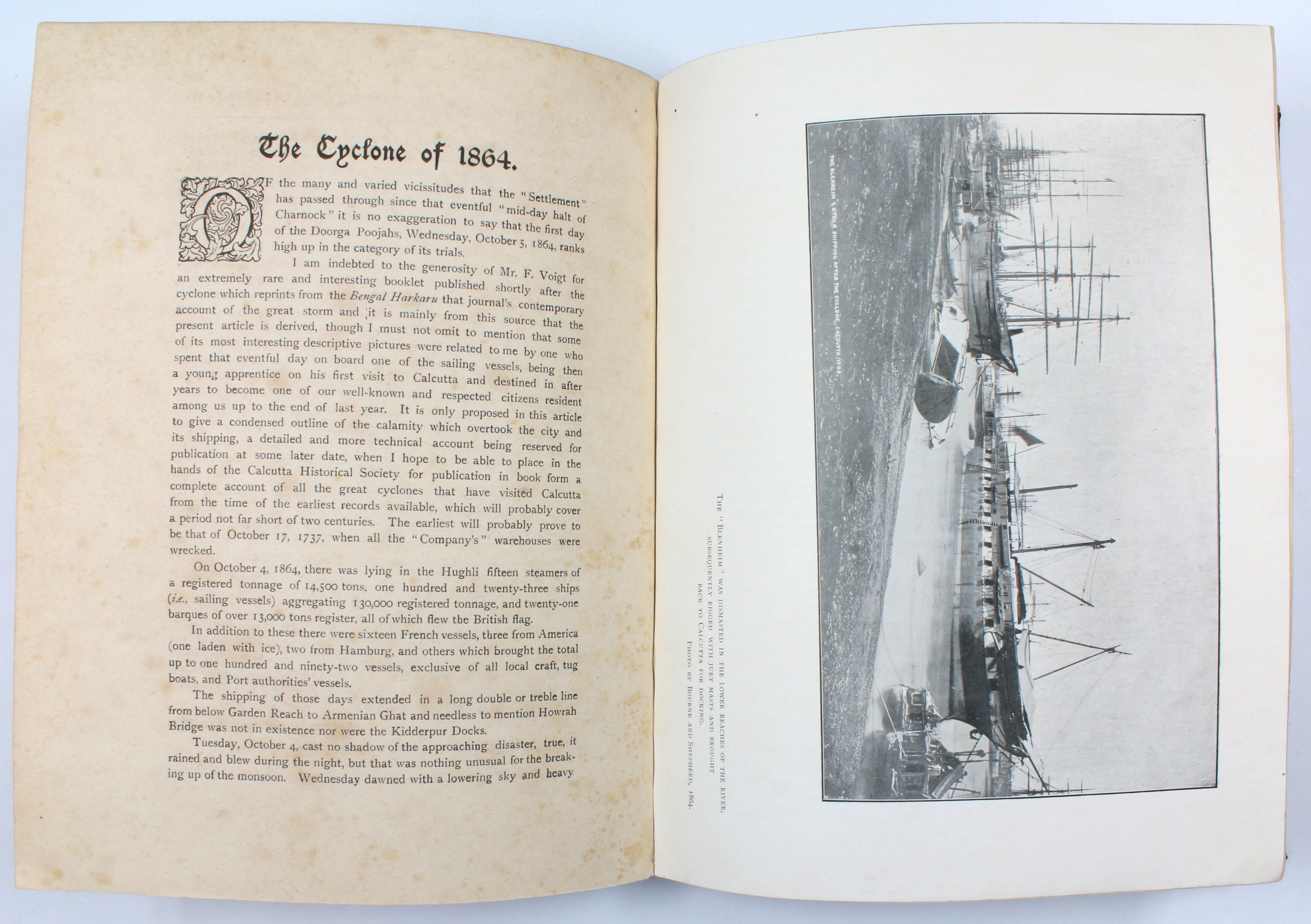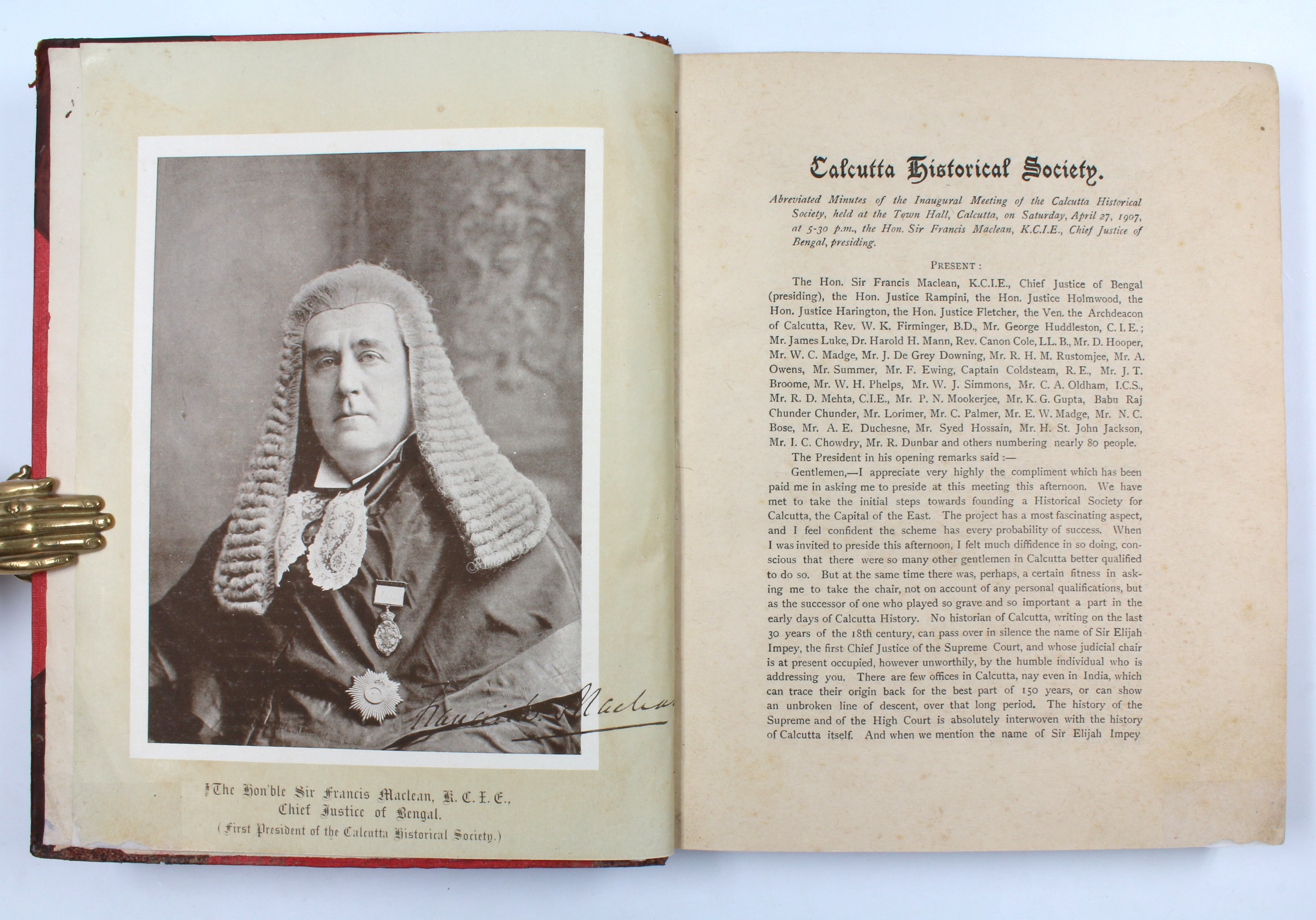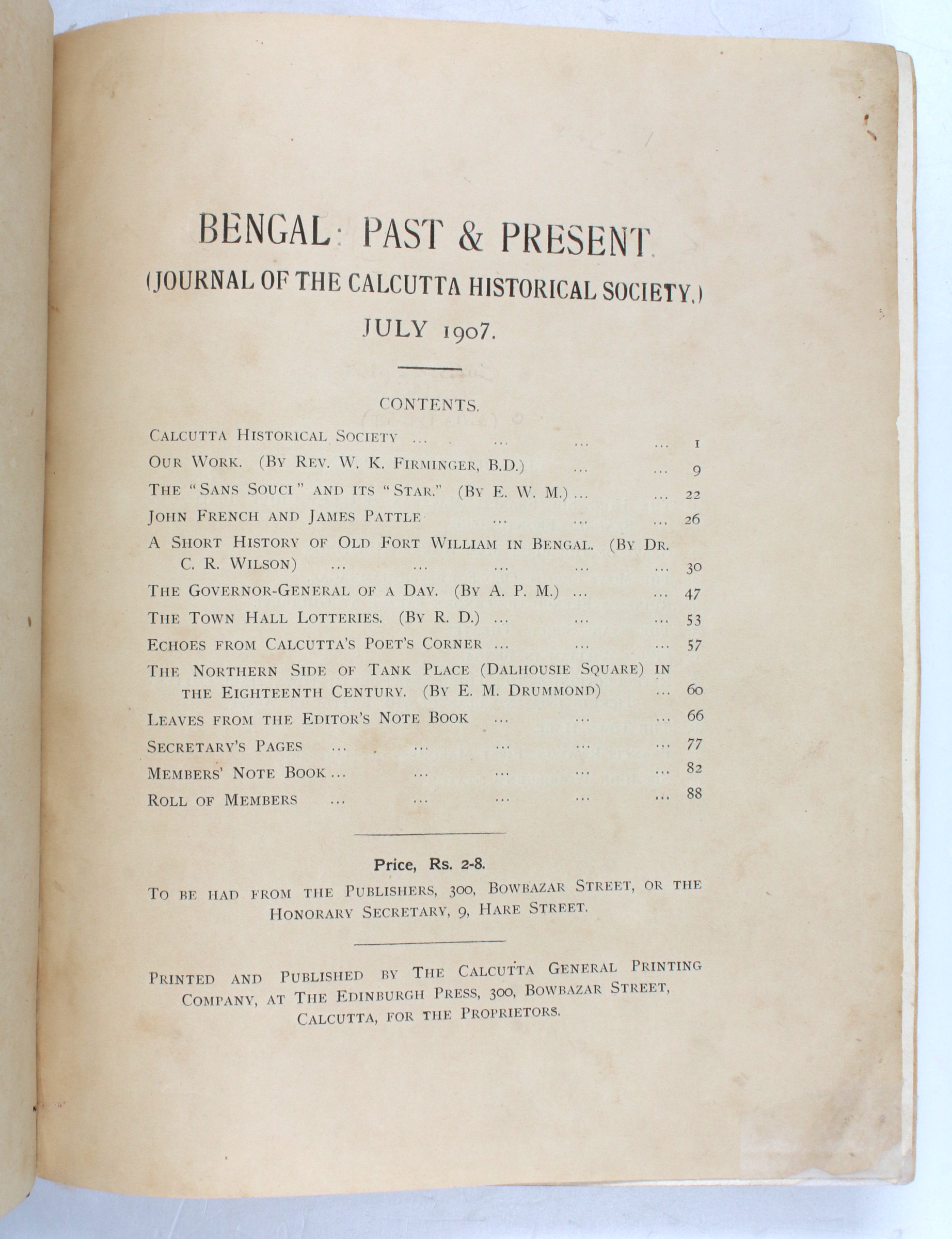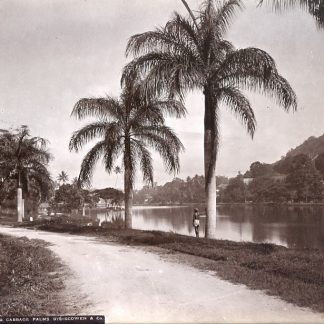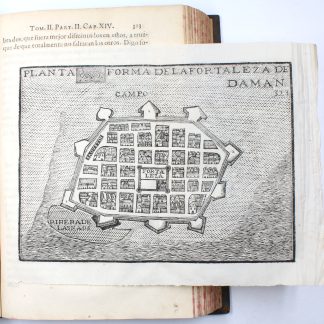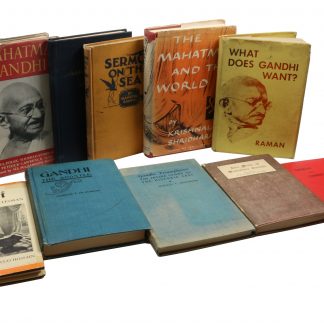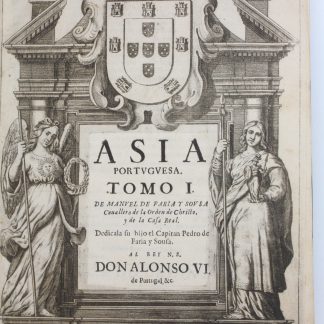From the library of the illustrious Bengal Club: Nearly 80 volumes on the colonial history of Kolkata and India
Bengal: Past & Present. (Journal of the Calcutta Historical Society).
77 vols. Large 4to (220 x 270 mm). With numerous half-tone illustrations, maps and illustrations. Contemporary half calf titled in gilt. Together with 3 Index volumes (for volumes I-VIII, IX-XVIII & XIX-XXIX) and later editions of volumes CVI & CVII, 1987-1988 (in wrappers).
€ 25.000,00
A near-complete run of this historic journal published over the course of one of India's most eventful centuries, covering the history of the subcontinent, from corrupt and massively successful East India Company men like Richard Barwell to maverick Indian diplomats such as Purangir Gosain. This set is from the library of the Bengal Club, one of the most exclusive British social clubs in Kolkata (Calcutta), founded in 1827 and "once the supreme unofficial headquarters of the Raj" (Moorhouse, p. 164).
"Bengal Past & Present" was first edited by W. K. Firminger (1870-1940), a fellow of the Royal Geographical Society and Archdeacon of Calcutta. An important scholarly journal, it was devoted to ancient and modern Indian history, publishing articles, records and documents, notes and book reviews which came to define the perception of the history of Kolkata and the wider subcontinent, particularly focused on the era of British and European colonial rule in India.
An example of the journal's output includes 'The Letters of Mr. Richard Barwell', Richard Barwell (1741-1804) being an early (and particularly unscrupulous) trader with the East India Company. According to legend, Barwell amassed one of the largest personal fortunes to be extracted by a representative of a European colonial power in India; famously, this feat was funded in part by illegally engaging in the salt trade outside the purview of the Company, under several assumed Indian names.
Further inclusions of interest are, 'Some Records Illustrative of the Mayor's Court', 'Selections from the Records of the Government of India', 'Situation of the Dutch in Bengal, 1740-1765' by Kali Kinkar Dutta (1905-82), and remarkably, S. C. Sarkar's 'A Note on Puran Gir Gosain', one of a scant Western texts to discuss the fascinating figure of Purangir (or Puran Gir) Gosain, the Indian emissary to the Tibetan court of Tashi Lama. Purangir was instrumental in forming the first ever diplomatic connection between the British East India Company (acting in the role as colonial rulers of India) and Qing China - a political coup which the English had been unable to establish for decades.
These are followed by the likes of K. K. Bose's 'The Early History of the Zemindars of Bhagalpore', 'The Nawabs and Kings of Oudh' by Evan Cotton (1868-1939), barrister at Calcutta High Court from 1893 to 1908, and Brajendranath Banerji's 'The Last Days of Nawab Mir Qasim', Mir Qasim being the Nawab of Bengal from 1760 to 1763 after the East India Company deposed his father-in-law, whom they had previously supported. However, Mir Qasim became frustrated with the Company's insistence that it did not have to pay any taxes; after several attempts to force the issue, Mir Qasim simply abolished the taxes on all internal trade, eliminating the Company's financial advantage by levelling the playing field. When resulting hostilities built, Mir Qasim was defeated by Company lead troops at the Battle of Buxar, but not before situating himself, alongside the many individuals and historical anecdotes in these nearly eighty volumes, as an important man in Indian history.
From the reference library of the Bengal Club, with stamps and remnants of paper spine labels; many volumes are additionally in custom bindings stamped in gilt with the words "Bengal Club" on the spine. The Bengal Club, on a par with the likes of White's in London, was one of the five top gentlemen's clubs in India; unlike the Calcutta Club, which alternated between English and Indian presidents each term, the Bengal Club excluded any native membership. By the mid-20th century, the club had fallen from fashion and was forced to sell off some of its properties and possessions (Moorhouse, 164).
A few marginal repairs in volume I, occasional toning and light spotting, upper wrappers bound in from volume IV, spines of early volumes rubbed with stains, some edge wear, altogether well-preserved.
Cf. Geoffrey Moorhouse, Calcutta (New York, Penguin, 1971).


